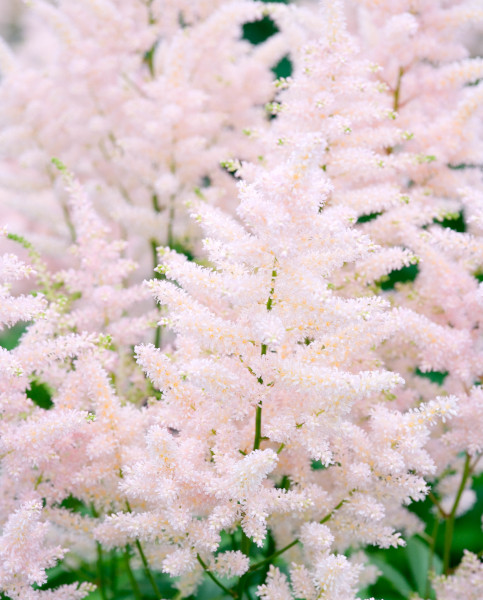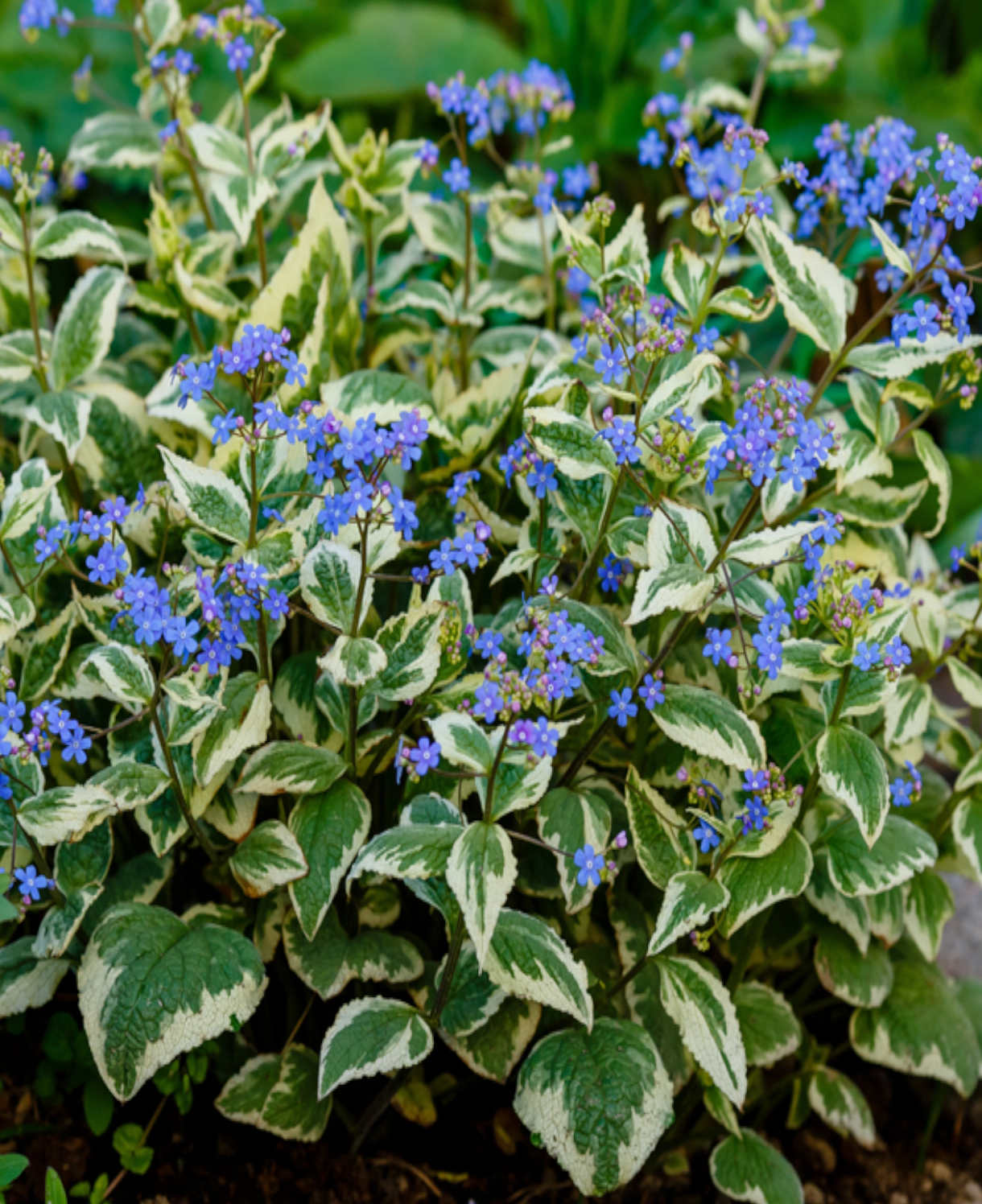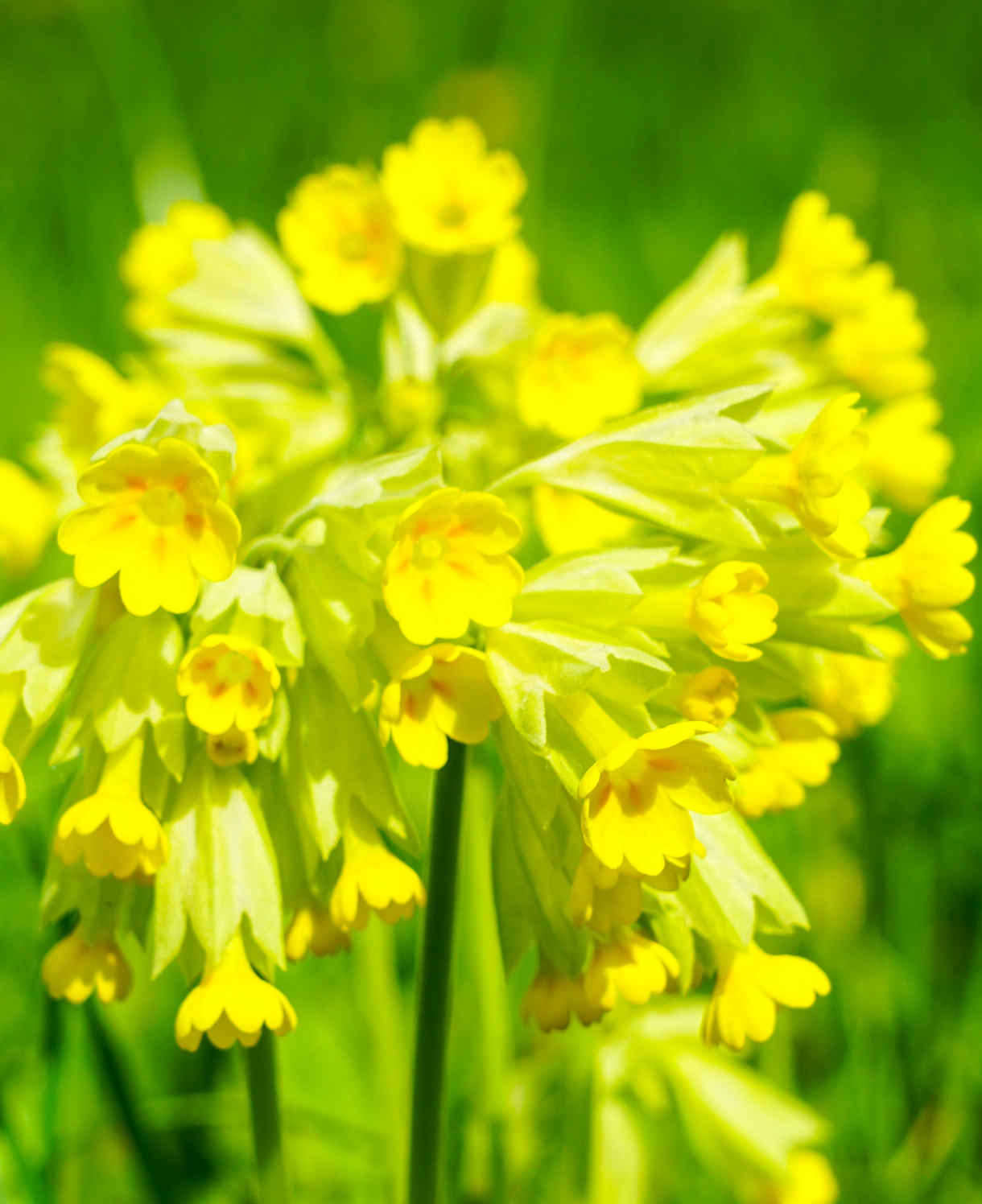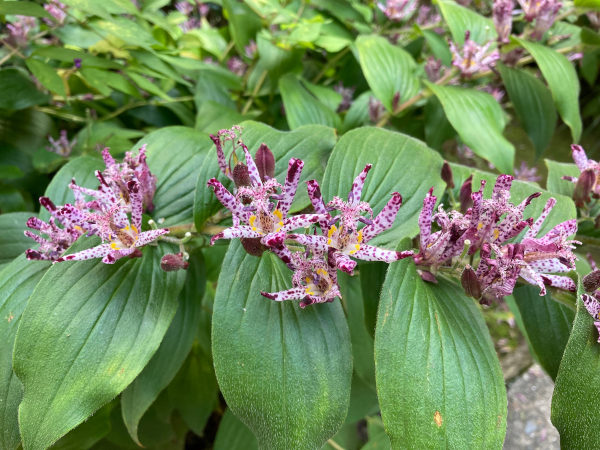How to grow Tricyrtis
Tricyrtis is a distinctive variety of Asian flowering lilies. Trycyrtis’ appearance is striking and exotic, with purple stripes and flecking which are intriguing to behold. Tricyrtis are also referred to as Toad Lilies. First documented back in 1776, they are native to the Himalayas, China and Japan and are grown as ornamental plants in the UK.
Tricyrtis grows to 90cm in height and 60cm in spread. Taking 2-5 years to reach full maturity, Tricyrtis is an autumn bloomer and is perfectly positioned at the front of a border or bed. The foliage of Tricyrtis is dark green in colour and is lightly spotted with dark purple, adding year-round interest.
As a perennial, you can expect your Tricyrtis to re-flower each year. Vibrant star-shaped flowers are full of delicious nectar, bringing bees, butterflies and other essential pollinators to your garden. However, if you have furry friends, position your plants wisely as they are poisonous to dogs and cats.
With an average growth rate, you will not have to worry about your Tricyrtis taking over your garden. While its rhizomes do spread and colonise, Tricyrtis is not an invasive plant.

Key Information
Soil pH
Position
Hardiness


Where & when to plant Tricyrtis
Position - Partial to deep shade
Soil - Consistently moist, well-drained, and humus-rich
Flowering Period - Late summer to early autumn
Hardiness - Hardy
For best results, plant in autumn or spring. An autumn planting can be done by those gardening in mild conditions (and broadly speaking, this is the southern half of the UK). For those liable to cold winters, it is best to wait until spring (generally the northern half of the UK). Planting can also be carried out in summer, though be prepared to water regularly.
Tricyrtis makes an exquisite addition to a shady border or woodland garden. It can also be grown in a container, though will need to be kept consistently moist.
How to plant Tricyrtis
In the ground
- Clear the chosen area of weeds.
- Dig a planting hole several times larger than the root ball. Now is the time to give your soil a boost by adding plenty of well-rotted organic matter to the planting hole and mixing in thoroughly. In heavy, clay soil a generous addition of sand or horticultural grit will also be of benefit.
- Place the plant in the hole, ensuring the top of the root ball sits level with the surface of the soil. Too low and the plant may rot, too high and the roots can dry out.
- Backfill with soil and firm in gently.
- Soak well with water.
- Mulch around the base with well-rotted organic matter.
In a container
- Choose an appropriate container, ensuring there are plenty of drainage holes in the bottom.
- It can be a good idea to fill large pots in situ, to save yourself the trouble of moving once full.
- For best results use a good quality potting compost with a few handfuls of horticultural grit mixed in. If not already present in the compost, add some slow-release fertiliser granules.
- Start by partially filling the pot with compost; enough so that when placed on it the upper surface of the root ball is about 3cm lower than the top of the pot.
- Infill all the space surrounding the root ball with compost, firming down with your fingers then adding a little more so the plant is held tight.
- Pick up the pot and lightly tap on the potting bench or ground a few times to help further settle the compost around the plant.
- Soak well with water.
- A mulch with horticultural grit will look attractive and help to prevent a ‘cap’ or crust forming on the top of the compost (something container plants can suffer due to the artificial nature of their watering).

What to plant with Tricyrtis
As Tricyrtis is a late-bloomer and shade-loving, combine tricyrtis with other flowering, moisture lovers to transform that damp, dingy corner of the garden into something glorious.
Think cowslip for bright, rounded flower heads, astilbe, rodgersia, and brunnera for airy plumes, and erythronium and trillium for delicate, low-growing beauty.



How to care for Tricyrtis
Pruning & Deadheading
Once the flowering period is over, the flowers of your Tricyrtiswill begin to fade. You can prune at this point - which is also just before the winter and winter frost - by cutting off the flower stalks. Tricyrtis will grow back healthily in the following growth period.
Watering
Tricyrtis loves moist, well-draining soil, so keep it well watered. However, you also need to avoid root rot - this occurs if the plant roots are in standing water which prevents oxygen from reaching the roots - so make sure the soil drains well.
Cold Protection
As a fully hardy perennial, Tricyrtis can cope in conditions as low as -10°C or -15°C in the UK. However, with its crowns close to the surface, you may decide to add a layer of mulch to keep the plant as healthy as possible during the frost.
Pests & Diseases
There are no well-known pests or diseases to be mindful of as Tricyrtis is notably pest-free. However, you should be mindful of slugs and snails - look out for silvery trails and irregularly-shaped holes in your leaves as these are indicative of a slug/snail problem. Tricyrtis enjoys well-draining soil, so make sure the soil around it is not waterlogged as this will lead to root rot.
How to propagate Tricyrtis
Tricyrtis can be propagated by the division of established clumps in early spring (every three or so years). As well as providing new plants, this also maintains the health and vigour of existing clumps.
- Choose a day when the soil is not frozen or waterlogged.
- Dig the plant out of the ground.
- Shake off any excess soil.
- Separate the plant into sections using either swift, cutting blows with a sharp spade, or two forks inserted back-to-back with tines touching, handles then pushed together to prise the plant apart.
- Discard old, damaged, or surplus pieces, keeping healthy, vigorous material.
- Replant selected pieces where desired.
- Water well until fully established.
Common Tricyrtis Questions
Where should I grow Tricyrtis?
Tricyrtis is best placed in a flower bed or border and can also be used as an underplanting for roses or other shrubs. Tricyrtis thrives in positions of partial sun and partial shade, so make sure it will receive between 2-4 hours a day of sunshine in its position.
Is Tricyrtis invasive?
Tricyrtis, or Toad Lily, is capable of colonising - spreading and taking over an area - however, it is typically not an invasive plant.
How do you plant Toad lily bulbs?
If planting Tricyrtis (Toad lily) from a bulb, you will need to start by digging and turning the top 20-25cm of soil in your desired position. If planting multiples, give each around 30cm of space to spread. Add the bulb, backfill the soil, gently pat the soil to settle and water generously.
Is tricytris hardy?
Tricyrtis is hardier than its tender-looking flowers may suggest, with all species able to easily withstand a UK winter. See our ‘Cold Protection’ section above for more information.
Can I grow toad lilies indoors?
Tricyrtis is primarily an outdoor plant, and grows best in the light levels, humidity, temperatures, and air flow naturally found outside. While these can be recreated in specialist alpine glasshouses, it is unlikely the average greenhouse or home will be able to offer the appropriate conditions.
We therefore do not recommend tricyrtis as a houseplant.
Can toad lilies be grown in pots?
Yes, provided they are kept sufficiently moist at all times. See our ‘Watering’ section above for more information.





